Step back in time to the 1950s, when life was marked by a unique blend of tradition and modernity. From the iconic fashion trends to the flourishing consumer culture, the 1950s was a decade that left a lasting impact on society. Let’s explore the lifestyle of this fascinating era and delve into the customs, habits, and values that defined the daily lives of people in the post-war era.
The Rise of Suburban Living in the 1950s
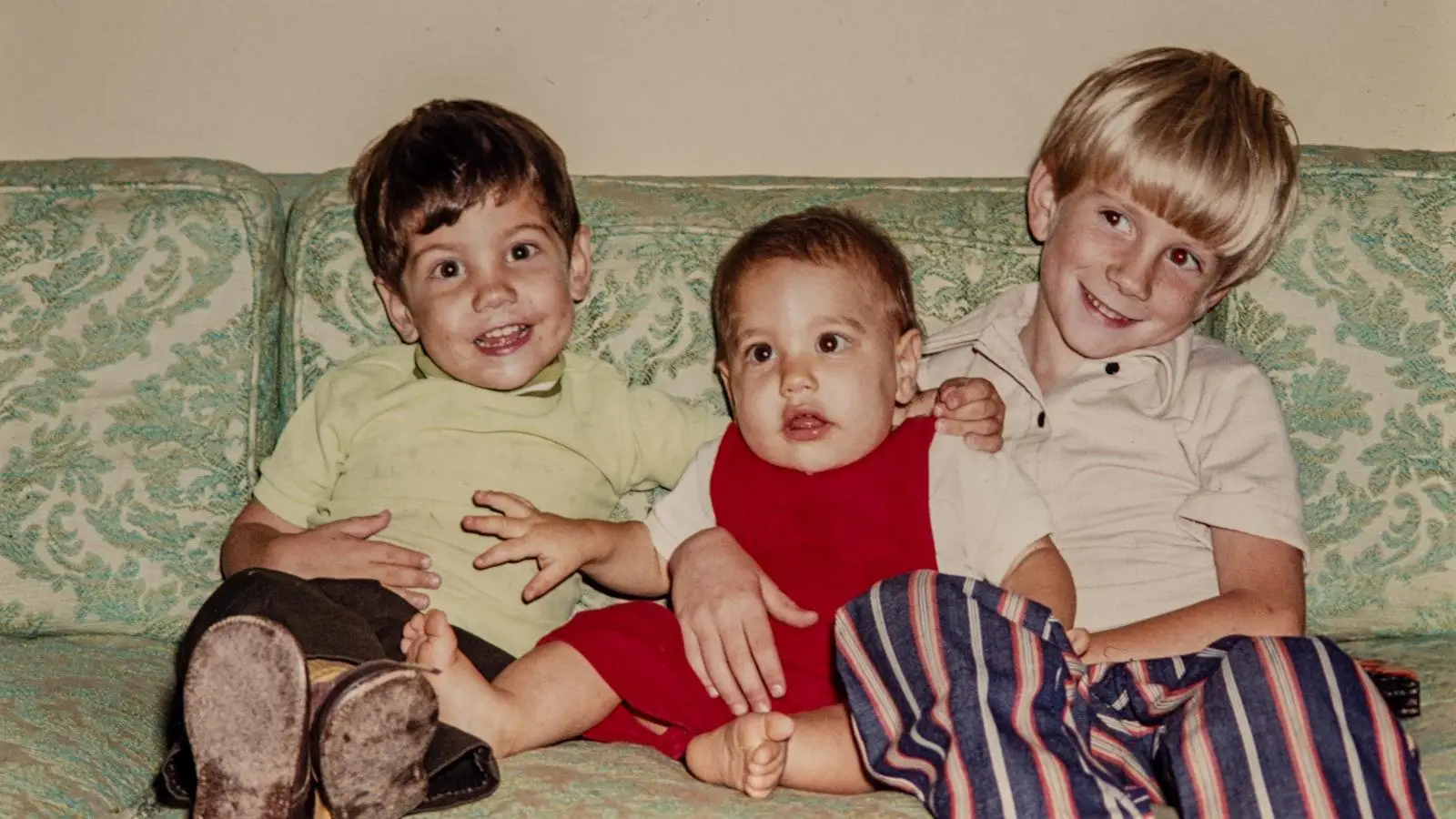
In the 1950s, a significant shift in housing and lifestyle choices occurred, with many families opting to move away from the hustle and bustle of cities and into the suburbs. This transition was fueled by several factors, including the availability of affordable housing, the desire for more space and privacy, and the appeal of a quieter, more peaceful way of life.
<p>Suburban living in the 1950s was characterized by the proliferation of single-family homes with spacious yards, tree-lined streets, and a sense of community. Families enjoyed the convenience of nearby schools, parks, and shopping centers, while still being within commuting distance of urban centers for work and entertainment.</p>
<p><strong> also led to the creation of new suburban amenities:</strong></p>
<ul>
<li>Shopping malls</li>
<li>Drive-in theaters</li>
<li>Community swimming pools</li>
<li>Neighborhood parks</li>
</ul>
<p>These developments further enhanced the quality of life for suburban residents, providing them with access to leisure activities and social opportunities right in their own neighborhoods.</p>
<table class="wp-block-table">
<thead>
<tr>
<th>Year</th>
<th>Population</th>
<th>Average Home Price</th>
</tr>
</thead>
<tbody>
<tr>
<td>1950</td>
<td>150,697</td>
<td>$14,500</td>
</tr>
<tr>
<td>1955</td>
<td>280,413</td>
<td>$17,800</td>
</tr>
<tr>
<td>1960</td>
<td>410,845</td>
<td>$21,300</td>
</tr>
</tbody>
</table>
The Influence of Television on Family Dynamics
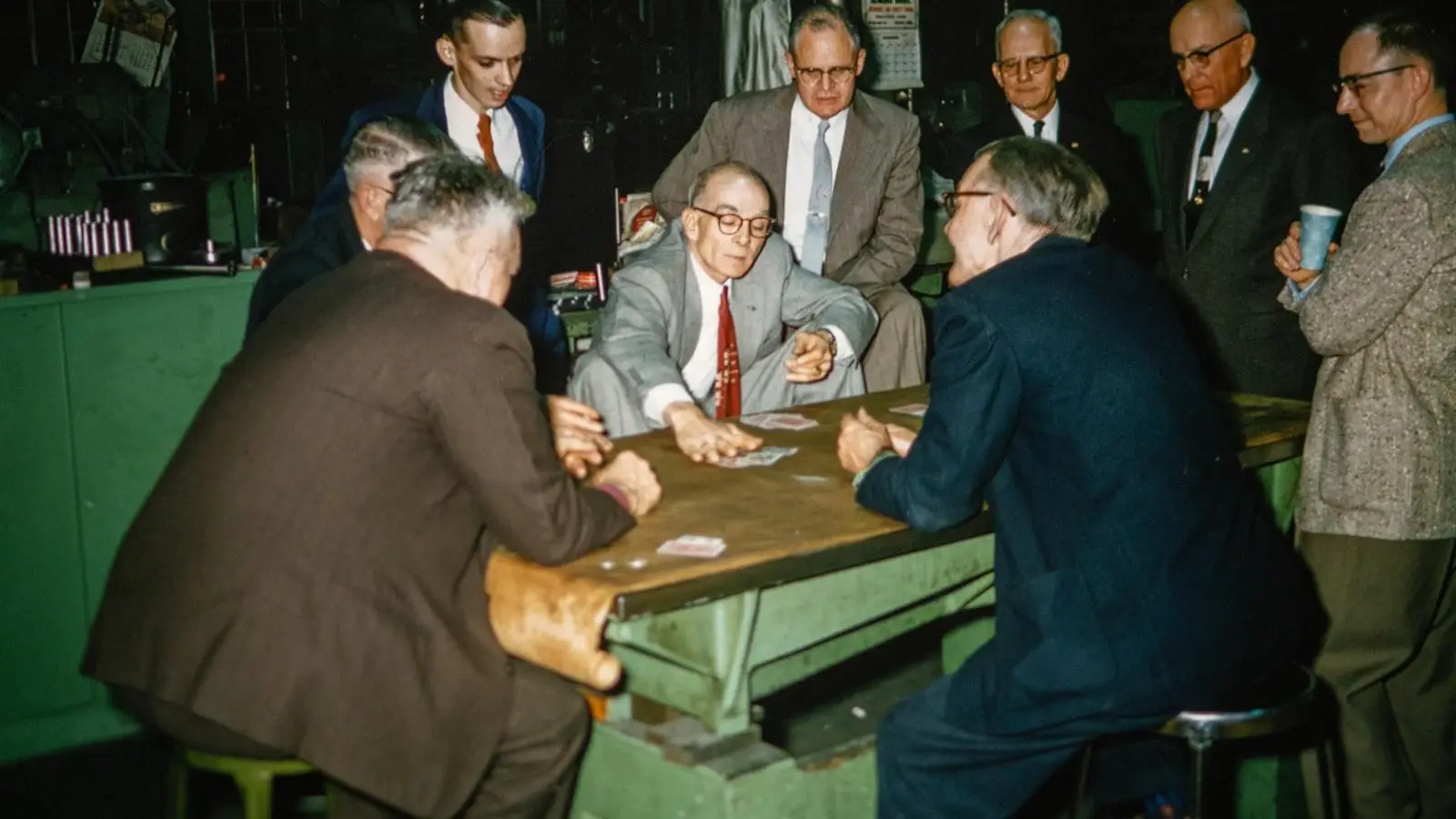
In the 1950s, television began to have a significant impact on family dynamics. Families across the nation gathered around the TV set in the living room, bonding over their favorite shows and commercials. This shared experience brought families together, providing a common interest and topic of conversation.
With the introduction of television into the home, families began to spend more time indoors, watching programs together rather than engaging in outdoor activities. This shift in leisure time activities had both positive and negative effects on family relationships. While TV viewing brought families together, it also led to a decrease in face-to-face interaction and bonding.
Television also played a role in shaping family values and beliefs. Shows like “Leave It to Beaver” and “Father Knows Best” portrayed idealized versions of family life, influencing how families viewed their own dynamics. Advertisements for household products and appliances also promoted specific gender roles within the family, reinforcing traditional stereotypes.
As television became more popular in the 1950s, families had to navigate the challenges of balancing screen time with other activities. While TV provided entertainment and relaxation, it also had the potential to create division within families if individual preferences clashed. Despite these challenges, television ultimately became a central part of family life in the 1950s, shaping how families interacted and communicated.
Gender Roles in 1950s Society: Traditional vs. Progressive
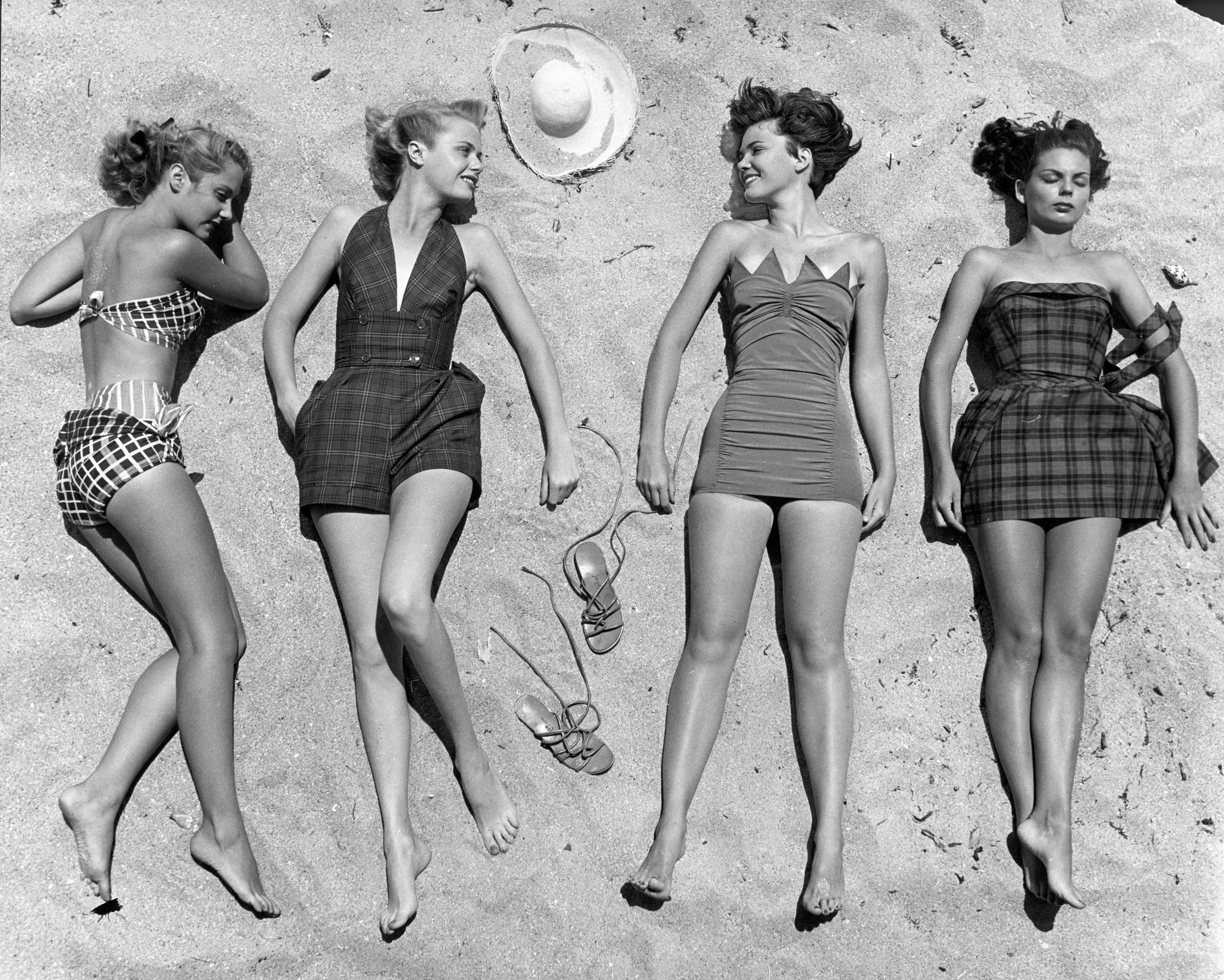
During the 1950s, society had very defined gender roles that were considered the norm. Traditional gender roles dictated that men were the primary breadwinners, responsible for providing for the family, while women were expected to stay at home, take care of the children, and maintain the household. This division of labor was seen as the natural order of things.
On the other hand, there were also progressive individuals who challenged these traditional gender roles. They believed that men and women should have equal opportunities and rights, both in the workplace and at home. These progressives advocated for women’s rights, including the right to work outside the home, pursue higher education, and participate in politics.
Despite the traditional gender roles that dominated 1950s society, there were instances of progressiveness that challenged the status quo. Some women began entering the workforce in roles traditionally held by men, breaking down barriers and paving the way for future generations. However, these women often faced discrimination and unequal pay for their work.
Overall, the 1950s was a time of conflicting ideas about gender roles in society. While traditional roles were still widely accepted, there were also movements towards progressiveness and equality. This clash between tradition and progress would continue to shape the social landscape for years to come.
1950s Fashion Trends: From Poodle Skirts to Greaser Style
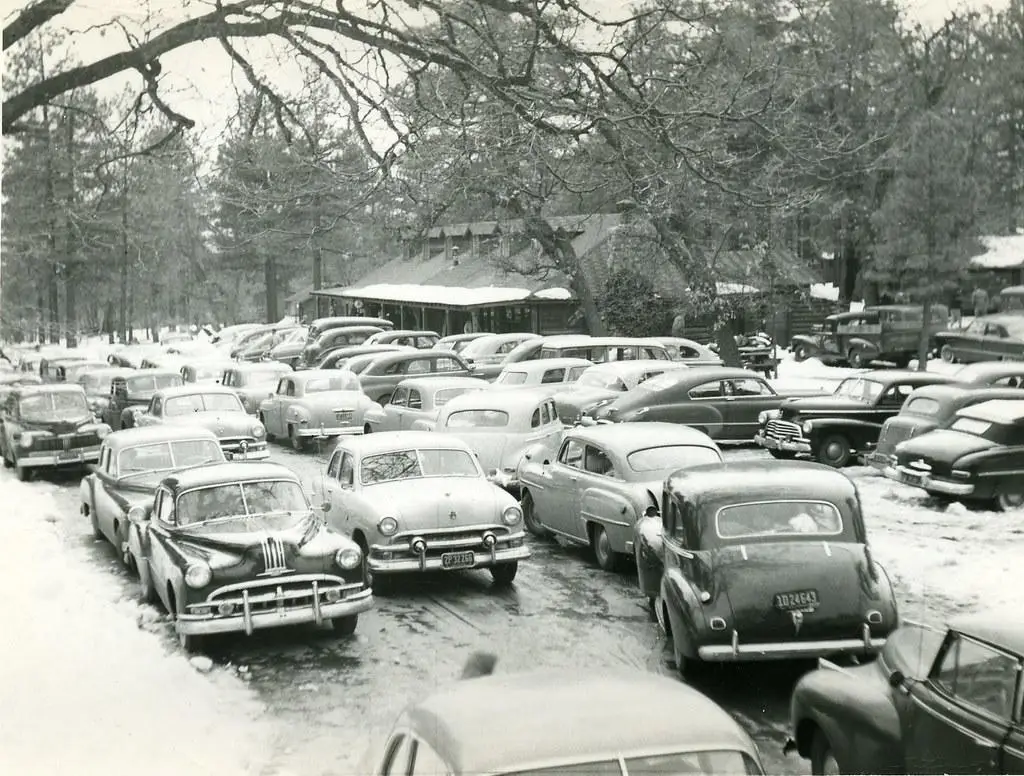
The 1950s were a time of iconic fashion trends that still influence style today. Women embraced the feminine silhouette with full skirts and cinched waists, while men embodied the rebellious spirit with their Greaser style. Poodle skirts, saddle shoes, and cat-eye glasses were all the rage for women, while men rocked leather jackets, rolled-up jeans, and slicked-back hair.
Women’s Fashion Trends:
- Poodle skirts: A-line skirts featuring appliquéd poodle designs.
- Cinched waists: Emphasizing hourglass figures with tailored tops and high-waisted bottoms.
- Saddle shoes: Two-tone oxford shoes popularized by teenage girls.
- Cat-eye glasses: Pointed frames that added a touch of glamour to any outfit.
Men’s Fashion Trends:
- Greaser style: Inspired by rebellious youth culture, characterized by leather jackets and white T-shirts.
- Rolled-up jeans: Cuffed denim showing off motorcycle boots or loafers.
- Slicked-back hair: Pompadours and side parts were signature hairstyles of the decade.
- Rock ‘n’ Roll influence: Elvis Presley and James Dean popularized the bad boy look.
The 1950s fashion trends reflected a society in transition, moving away from the austerity of the war years towards a more vibrant and consumer-driven culture. Whether you were a poodle skirt-wearing teenybopper or a greaser cruising in a hot rod, the fashion of the 1950s captured the spirit of the era like no other.
The Birth of Teenage Culture: Music, Movies, and Rebellion
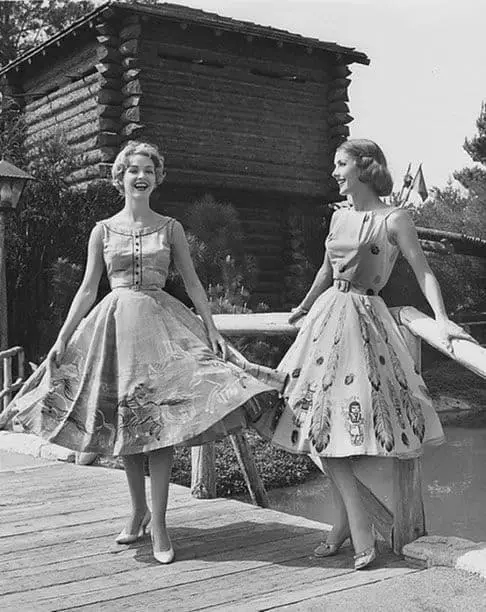
The 1950s marked the beginning of a new era in teenage culture, with music, movies, and rebellion shaping the lifestyle of young people across the country.
Music: Rock and roll emerged as the dominant genre, with artists like Elvis Presley and Chuck Berry revolutionizing the music scene. Teenagers flocked to record stores to buy the latest singles and danced to the infectious rhythms of rock and roll at sock hops and school dances.
Movies: The silver screen played a huge role in shaping teenage culture, with iconic films like Rebel Without a Cause and West Side Story capturing the spirit of rebellion and youth angst. Teenagers idolized stars like James Dean and Audrey Hepburn, emulating their style and attitude.
Rebellion: Teenagers of the 1950s rebelled against the conservative values of their parents, experimenting with new fashions, hairstyles, and attitudes. The rise of youth subcultures like greasers and beatniks challenged societal norms and paved the way for the countercultural movements of the 1960s.
Navigating Social Change: Civil Rights and Cold War Anxiety in the 1950s
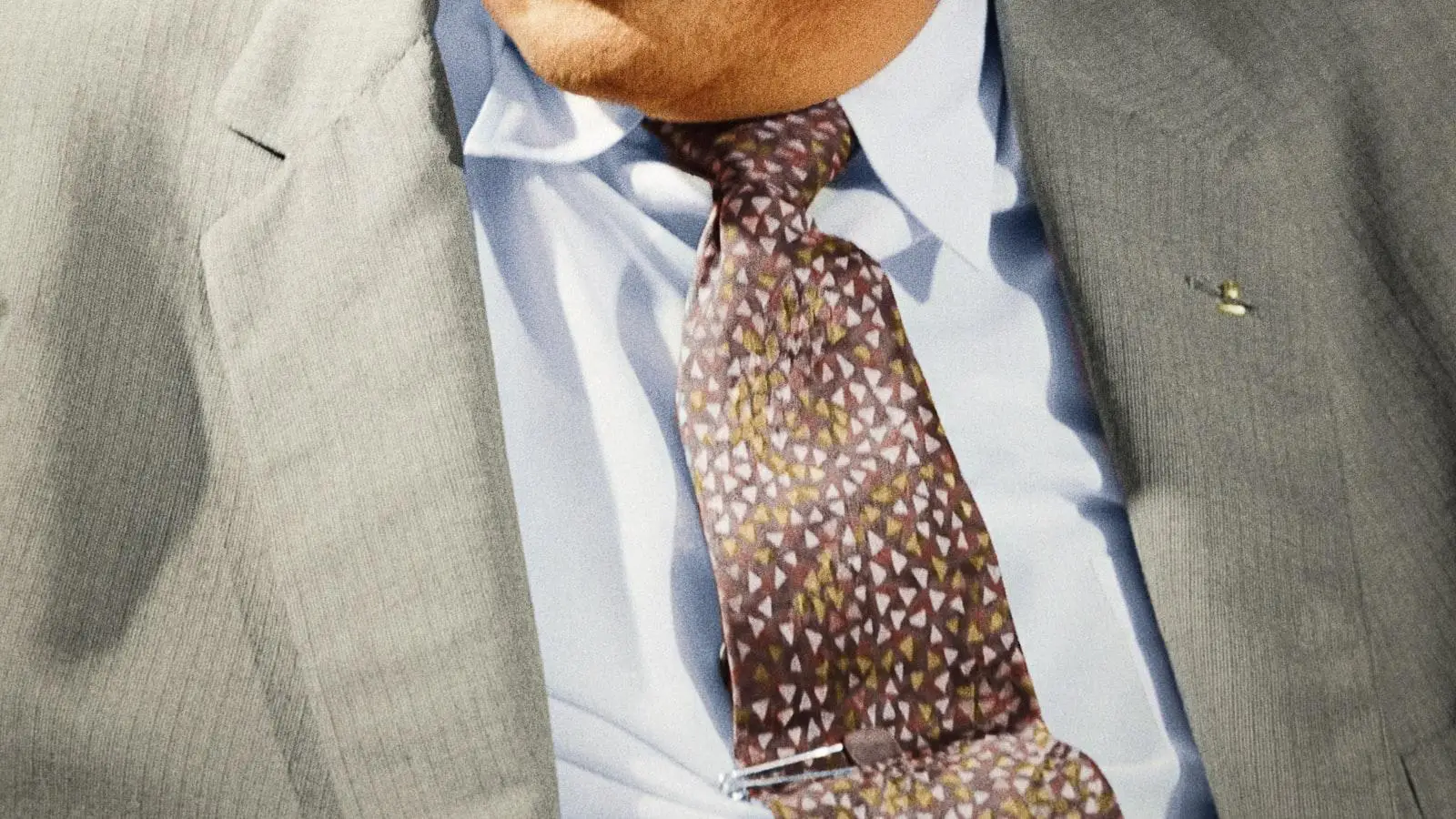
Life in the 1950s was a time of great change and transition, as society grappled with civil rights issues and the looming specter of the Cold War. Amidst this backdrop, people navigated through the shifting social landscape, adapting to new norms and values.
One key aspect of 1950s life was the rise of suburban living, as families moved out of the city in search of a better quality of life. With the advent of new transportation infrastructure and the availability of affordable homes, suburbs began to proliferate, offering a stark contrast to the urban hustle and bustle.
Gender roles were also rigidly defined during this time, with women expected to be homemakers while men were the primary breadwinners. This traditional division of labor shaped family dynamics and societal expectations, but it also sparked a growing desire for change and equality among women.
Popular culture in the 1950s reflected the anxieties and aspirations of the era, with movies, music, and television serving as both sources of entertainment and mirrors of societal values. Rock and roll music, in particular, emerged as a potent symbol of youthful rebellion and freedom, challenging the status quo and paving the way for the social upheavals of the 1960s.
Q&A
Q: What were some common fashion trends in the 1950s?
A: The 1950s were known for full skirts, fitted tops, and elegant accessories for women, while men often sported tailored suits and fedoras.
Q: What were typical leisure activities for families in the 1950s?
A: Families in the 1950s often enjoyed activities such as picnics, drive-in movies, and listening to music on vinyl records together.
Q: How did technology impact daily life in the 1950s?
A: The 1950s saw the rise of television as a popular form of entertainment, as well as the introduction of household appliances like refrigerators and washing machines that revolutionized domestic chores.
Q: What was the attitude towards gender roles in the 1950s?
A: The 1950s were characterized by traditional gender roles, where women were expected to focus on homemaking and raising children, while men were often the primary breadwinners.
Q: What iconic events or figures defined the 1950s era?
A: The 1950s were marked by the rise of rock ‘n’ roll music, the emergence of iconic figures like Marilyn Monroe and Elvis Presley, and significant historical events such as the Korean War and the beginning of the Civil Rights Movement.
Insights and Conclusions
In conclusion, the 1950s lifestyle was marked by a unique blend of tradition and modernization. From the rise of television and suburbia to the strict gender roles and societal expectations, this era continues to captivate our imagination. As we look back on the nostalgia of poodle skirts, rock ‘n’ roll music, and drive-in movies, we are reminded of a simpler time filled with both challenges and triumphs. The 1950s may be a bygone era, but its influence and impact on our culture and society are still felt today. So let us cherish the memories of this iconic decade and continue to draw inspiration from its enduring legacy.



